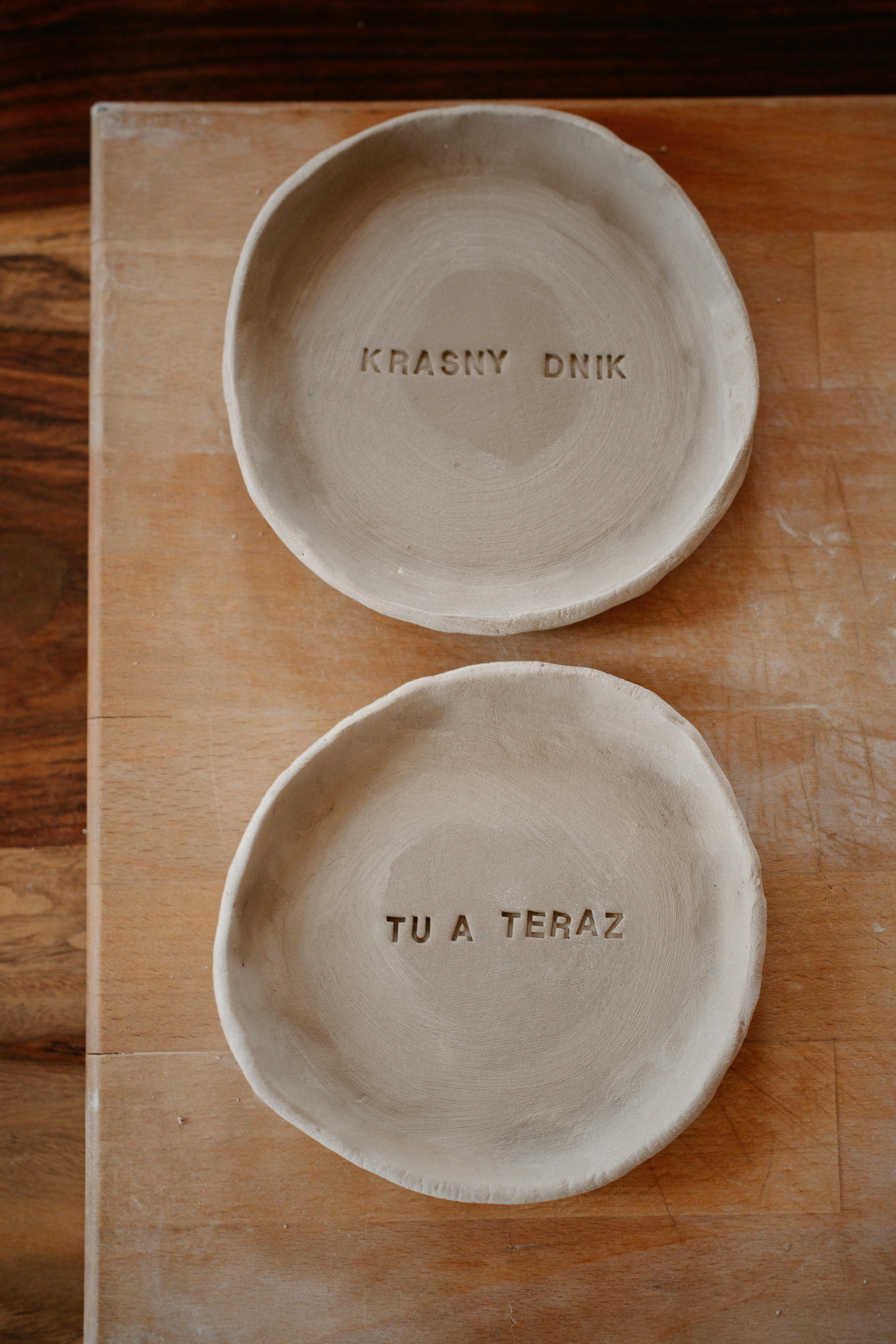Best 5 Ways to Make Pizza Healthier in 2025
Pizza is a beloved food around the globe, but many people are concerned about its health implications. Understanding how to make healthier pizza choices is critical for those seeking to enjoy their favorite dish without compromising their health. In recent years, trends have emerged that emphasize nutritious pizza options, allowing for a delicious and guilt-free experience. This article details the top five ways to create a healthier pizza, emphasizing the importance of balanced ingredients, portion control, and the nutritional value of pizza.
Implementing these strategies not only enhances the benefits of pizza but also aligns with various dietary needs, including those focused on fitness and weight loss. From utilizing whole grain crusts to maximizing the use of fresh vegetables and lean proteins, there are many avenues to explore. Here are five effective methods to make pizza healthier in 2025.
Choose Whole Grain Crusts for Better Nutrition
Switching from traditional white flour crusts to whole grain options is one of the simplest yet most impactful ways to boost the nutritional value of your pizza. Whole grain crusts are rich in fiber, helping to improve digestion and maintain a healthy weight. By replacing refined flour with whole grains, such as whole wheat or spelt flour, you elevate the fiber content in your meal, which aids in creating a sense of fullness and reducing overall calorie intake.
Additionally, whole grain crusts are loaded with vitamins and minerals that are often stripped away during the refining process. When selecting a crust, opt for those that are labeled “whole grain” or “whole wheat” to ensure you are making the healthiest choice. This small change can significantly impact your pizza’s energy-giving properties and help you feel satisfied longer.
Incorporating whole grains into your pizza allows for better flavor and texture as well. Many recipes nowadays allow for experimenting with different types of flour, giving you the ability to customize your pizza to fit your taste and dietary preferences.
Benefits of Whole Grain Pizza Crust
Whole grain crusts provide numerous health benefits, including:
- Increased fiber intake, which helps with digestion.
- Lower risk of heart disease due to healthier fat profiles.
- Enhanced satiety, leading to controlled portion sizes.
- Improved blood sugar levels, making it a better choice for those managing diabetes.
By using whole grain crusts, you're not only making your pizza healthier but also contributing to your long-term wellness. This naturally leads us to the next method: incorporating a wide variety of pizza toppings.
Load Up on Nutritious Pizza Toppings
The toppings you choose can make a big difference in the health profile of your pizza. Opt for vegetables like bell peppers, spinach, mushrooms, and tomatoes, which not only add flavor but also vitamin content, antioxidants, and additional fiber to your meal. The benefits of pizza become even more apparent when loaded with colorful veggies rather than high-fat meats and excessive cheese.
Moreover, utilizing lean protein options such as grilled chicken, turkey, or even plant-based proteins can help maintain a balanced diet while still delivering on flavor. Choosing low-calorie, low-fat toppings can make your pizza a source of essential nutrients without the excess calories.
Example of Healthy Pizza Toppings
Here are some great topping ideas that can enhance both flavor and nutrition:
- Fresh vegetables: spinach, kale, arugula, zucchini, and red onions.
- Lean proteins: grilled chicken, turkey sausage, or chickpeas.
- Cheese alternatives: low-fat mozzarella or plant-based cheese options.
- Herbs and spices: basil, oregano, garlic, and chili flakes to boost flavor without extra calories.
Remember that the goal is to keep your pizza colorful and packed with beneficial ingredients. As we transition to our next topic, it's essential to focus on portion control to maximize the health benefits.
Practice Portion Control for Healthy Eating
Understanding pizza portion sizes is vital for maintaining a healthy lifestyle. When eaten in moderation, pizza can fit into any balanced diet. It's important to recognize how many slices constitute a reasonable serving size, especially when indulging in your favorite recipe.
Mindful eating practices can help you enjoy pizza guilt-free. Consider using smaller plates or slicing your pizza into smaller pieces. This way, you still get the experience of enjoying a variety of flavors without overconsuming. Research shows that those who manage their serving sizes can reduce calorie intake and avoid the discomfort often associated with overeating.
Pizza Portion Guidelines
To practice effective portion control, utilize these simple guidelines:
- Limit yourself to two slices of pizza as a reasonable serving.
- Pair your pizza with a side salad to help fill you up with fewer calories.
- Aim to include a protein and veggie with each slice to create a balanced meal.
By focusing on portion sizes, you create a more satisfying dining experience without compromising your health. This understanding leads us to our next step: incorporating innovative pizza alternatives.
Explore Healthier Pizza Alternatives
For those interested in reducing their calorie intake further, pizza alternatives such as cauliflower crust or zucchini boats can be delightful substitutes. These vegetarian pizza options significantly cut down fat and carbohydrate content while maximizing nutrients.
Cauliflower crust, for example, provides a gluten-free alternative rich in vitamins and minerals. Additionally, using portobello mushrooms as a base or making pizza on a whole wheat pita serves as excellent alternatives that still offer the pizza experience without compromising nutritional integrity. These options provide similar flavors and textures while minimizing carbs and calories.
Nutritious Pizza Alternatives
Consider these nutritious alternatives for your next pizza night:
- Cauliflower pizza crust: A popular gluten-free and low-carb option that’s rich in vitamin C.
- Polenta as a base: A hearty, cornmeal-based alternative that’s high in fiber.
- Zucchini boats: Rolled out flat and filled with your favorite toppings.
Experimenting with these alternatives can open the door to healthier eating habits without giving up the foods you love. To wrap up our discussion, let’s dive into the importance of mental approaches to enjoying pizza.
Implement Mindful Eating Practices with Pizza
Lastly, practicing mindful eating is crucial when consuming pizza (or any food). Focusing on each bite without distraction can enhance your dining experience and help regulate appetite. Take the time to savor flavors, textures, and aromas while you enjoy your pizza.
Understanding the health concerns linked to pizza consumption can also promote better choices. By educating yourself on the health risks associated with excessive consumption, you can develop a more balanced pizza lifestyle. Recognizing what makes pizza healthy or unhealthy enables you to make informed decisions and create beneficial pizza eating habits.
Mindful Eating Techniques for Pizza
Incorporate these mindful eating techniques when enjoying pizza:
- Chew thoroughly and appreciate the flavors before swallowing.
- Avoid distractions like TV or smartphones to focus on your meal.
- Listen to your body — eat when you're hungry and stop when satisfied.
By combining these practices, you ensure that your pizza consumption fits health-conscious goals while still indulging in the joy of delicious food. Adopting such attitudes can lead to a healthier relationship with pizza and eating in general, proving that you can enjoy this classic dish without sacrificing your wellness goals, thereby allowing pizza to be a staple in a nutritious diet.

 Its part of generated content. Can i generate another part?
Its part of generated content. Can i generate another part? 